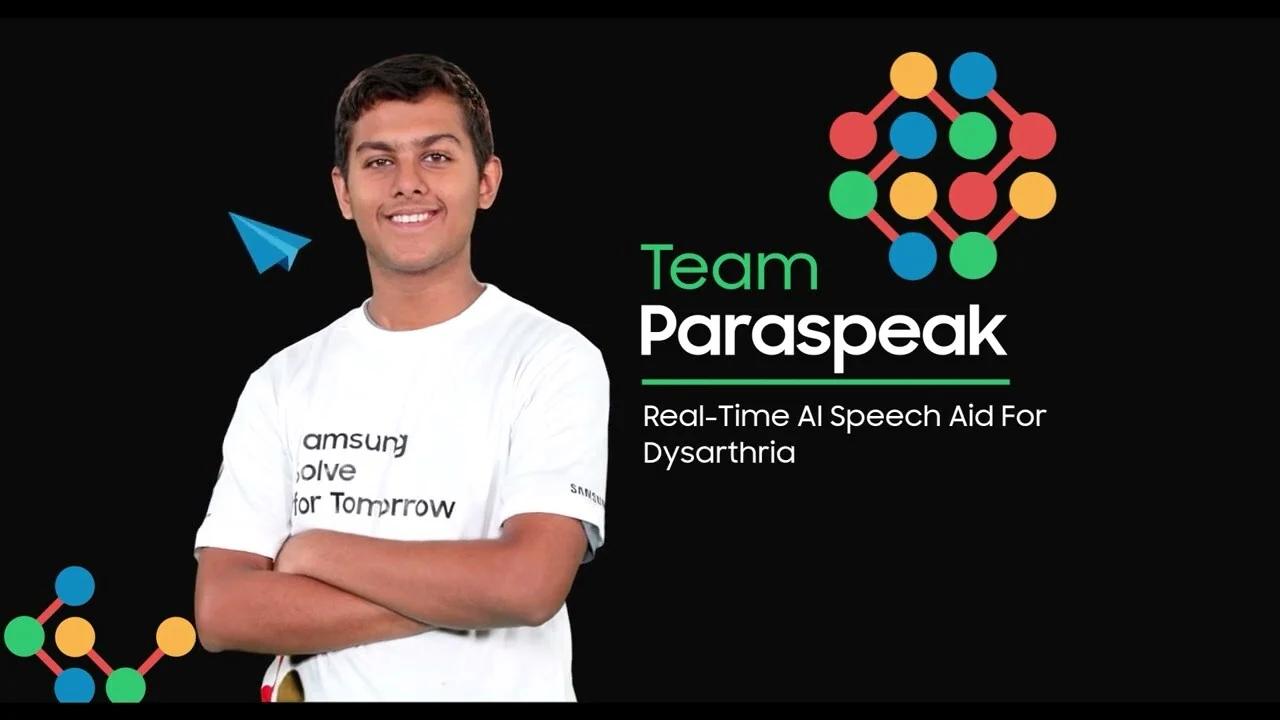Copyright scmp

Hong Kong’s first large-scale genome sequencing project has recruited more than 52,000 participants in about four years of operation, exceeding its original target, with the body behind it hoping to expand the scheme further to help more patients discover the causes of their undiagnosed diseases. The Hong Kong Genome Institute, a government-owned organisation that runs the Hong Kong Genome Project, said that more than three-quarters of participants had experienced positive treatment changes thanks to findings from the project. “There were improvements in treatments, such as identifying which medications might be more suitable for patients,” Dr Brian Chung Hon-yin, the institute’s chief medical and scientific officer, said in an interview. The project launched in 2021 and originally aimed to recruit 40,000 to 50,000 people from 20,000 families by this year for whole genome sequencing, a process which unveils a person’s complete DNA sequence. But the scheme had already enrolled more than 52,000 people from over 37,000 families as of mid-October this year. People eligible to join are those with undiagnosed diseases, hereditary cancer or other conditions that could be related to genomics, together with their family members. Data collected could help to build a genomic database primarily for the population of southern China that would identify the causes of patients’ diseases and provide more precise treatments. Over the next five years, the project aims to recruit an extra 60,000 to 70,000 people to undergo whole genome sequencing but has not ruled out going beyond this target. Chung cited an article published in the Lancet Regional Health–Western Pacific, noting 77 per cent of diagnosed patients in the project saw positive effects from their treatments. In one case, the project uncovered a new disease-causing genetic mutation that had never been reported before. It involved a 16-year-old boy who had low muscle tone and motor delay from the infant stage, with deterioration in walking and cognition, followed by skeletal deformity. Through the sequencing efforts, the boy was found to have a mutation concerning a gene called PSMF1. “It is a brand new disease,” Chung said. “This genetic mutation had never been recorded to be related to human diseases in past medical literature.” The mutation can also cause symptoms of Parkinson’s disease among children and adolescents. The boy’s sister, who died when she was 15, also had an undiagnosed disease with symptoms that included having an intellectual disability and suffering from limb spasms. She was also found to carry the same genetic mutation retrospectively. Through international collaboration, a total of 24 people from 17 unrelated families around the world were found to have the same genetic mutation. Chung said that by uncovering the cause of the boy’s disease, the medical team was looking into treatment options that could improve his condition. So far, the genome project has covered more than 20 types of diseases, including some that are more commonly seen, such as chronic kidney disease and heart disease. Nephrologist Dr Becky Ma Mingyao, who received a research grant in genomic medicine jointly from the institute and the Hong Kong Academy of Medicine, recalled encountering a 36-year-old man whose body check showed he had excess proteins in his urine and mild leg swelling, suggesting signs of kidney disease. An initial diagnosis determined the man had a type of kidney disease, and he was prescribed steroids to keep his condition under control. The patient was referred to the project for whole genome sequencing due to his relatively young age, family history of kidney disease and the initial diagnosis report, and it turned out that his kidney condition was due to a specific genetic mutation. Such a mutation could lead to hidden blood and excess proteins in urine and impaired kidney function. Patients with the mutation did not respond well to the conventional treatment of steroids, which could lead to a range of complications, such as high blood pressure and high blood sugar, Ma said. “We could get a precise diagnosis … We also stopped the treatment of steroids,” she said. Ma said that, with the help of genomic analysis, patients could avoid medications that involved complications and negative side effects. The technology could also help screen family members to find a suitable organ donor who did not carry the genetic mutation in case a transplant was needed for those with late-stage kidney disease, she said.



